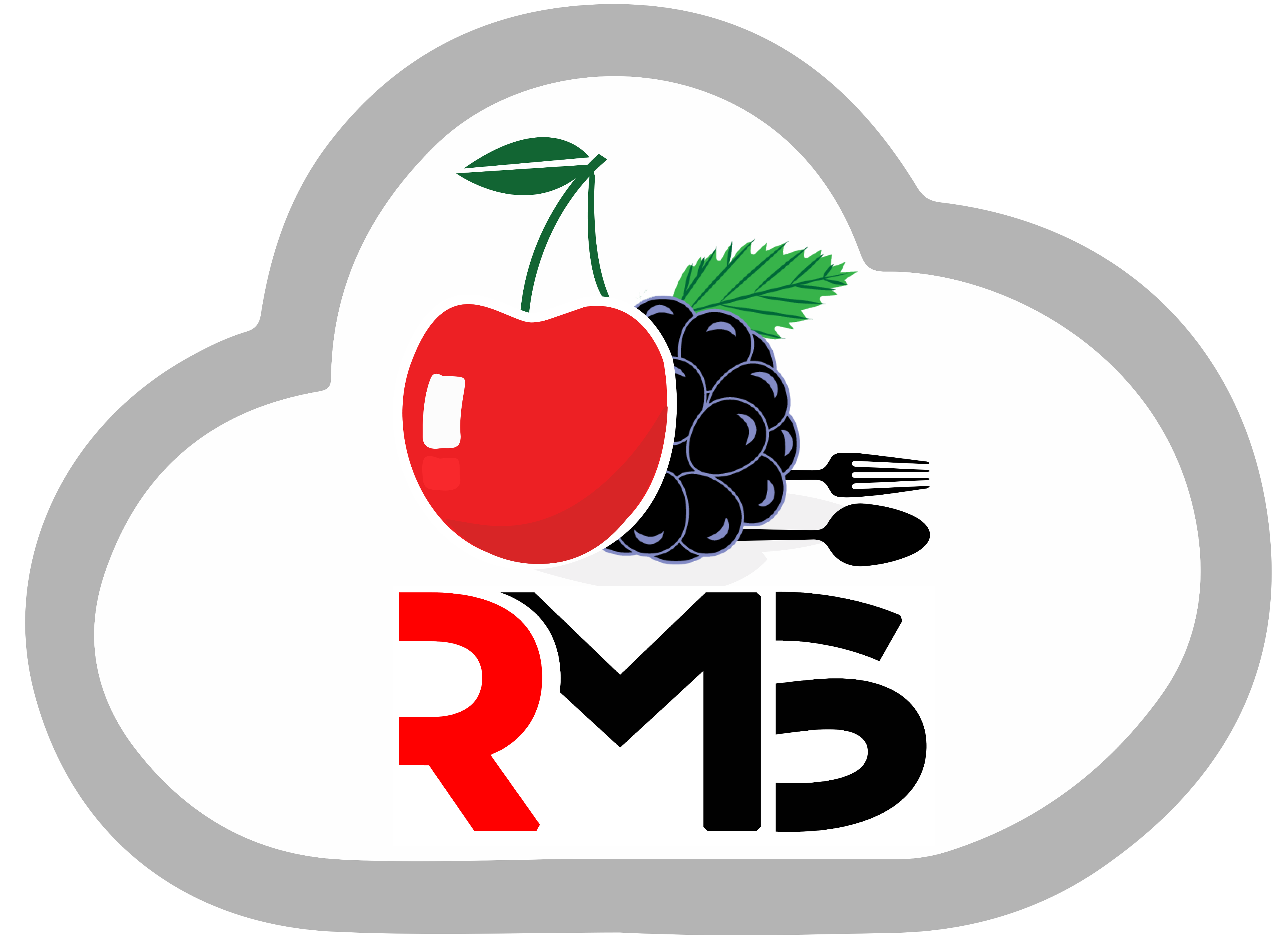
What is Restaurant Back Office? And Why It Is Important
What do you need to run your restaurant successfully? Although it might not immediately spring to mind when managing a restaurant, Restaurant Back Office Software is the key to a successful restaurant. To ensure the success of your restaurant, you must be able to monitor your earnings regularly.But if you’re doing things like inventory control, invoicing, and other back-office tasks by hand, it may be quite challenging to comprehend your sales and make choices about your firm appropriately. Or even worse, keeping no note of these things. Therefore, you must know what back office software for a restaurant is and what makes it so important for your restaurant.
What is Restaurant Back Office Software?
Any program that manages a restaurant’s administrative, non-customer-related transactions and activities is called back-office software for restaurants. Among the most typical back-office tasks are:
- Ordering and managing inventories
- Staff scheduling
- Waste monitoring and variance
- Analytics for sales
A general manager (GM) is typically seen labouring into the early hours of the night (or morning) in a cramped small room, entering figures, reviewing statistics, and making inventory orders that are required to restart the site for the following shift. This image has changed. The most prosperous restaurant managers of today have automated and mechanised their operations, utilising software to do tasks that once took days in a matter of minutes. Real-time data allows for the quick modification of crucial parameters.
What is the Importance of Restaurant Back Office Software?
In summary, having back-office software is crucial to running a profitable restaurant. Managers are better able to maintain business operations. They can spot trends and opportunities as they emerge when they have quick access to data. A creative back-office will avoid spreadsheets by employing operations-specific high-level reporting and analytics. Having fast access to data allows you to make proactive, well-informed decisions that can increase profitability. All users must receive proper training on the system before using it independently. To maximise your return on investment, training also guarantees that your staff will buy-in from the top down. Potential savings are revolutionary when paired with industry-leading back-office solutions supported by employees. Modern back-office technology may help you save hassles, money, and time.
Back-Office Software Vs Front-of-House System
Comparing back-office software to guest-facing software, such as point-of-sale (POS) software, is another useful method to approach the topic.
The main elements that happen in front of visitors and make it possible to place orders are the focus of POS:
- Bar operations
- Transactions involving waitstaff and cashiers,
- Online purchasing
- Applications for third-party carryout and delivery
While certain point-of-sale (POS) systems are capable of doing certain back-office tasks, they often fall short of providing a comprehensive enough back-office solution. This is because, rather than starting with restaurant-to-vendor transactions, they were designed from the bottom up to start restaurant-to-customer sales transactions. A POS application usually does not take into consideration the special difficulties associated with inventory operations, especially supply chain management and pricing variations.
What Restaurant Back Office System Does?
Conversely, back-office software is designed from the bottom up to meet the specific requirements of non-customer-related activities and transactions. The ordering and management of inventory stands out among them, but as we said before, it also has implications for scheduling, waste variance, and other areas. Let’s examine each of these features and demonstrate how back-office software may enhance and expedite processes.
1 – Ordering Inventory
Several programmes enable you to place orders with your suppliers. However, software designed from the bottom up to address the particular operating difficulties of the back office of a restaurant goes one step further. You can arrange your inventory orders with back-office software. It also allows you to see the difference between the cost of items sold and the cost of things purchased. It will do this right down to the ingredient for every single entrée and menu item. This lets you quickly determine whether an item has become unaffordable, whether you’re plating too much food, or whether you might get a better deal from another supplier.
2 – Waste Variance
You’ll also be able to determine what food you often toss out much better if you keep track of your inventory. You can precisely observe how much inventory waste is being disposed of vs being used on the plate when you enter data about it into a back-office software program. Very astute restaurant owners will even gauge how much food is being left on the plate by full customers. It points out locations where an ingredient is being served in excess.
3 – Staff Scheduling
The great experience that a contemporary restaurant provides for its patrons extends to its staff members as well. General managers can fill up future schedules using electronic software that optimises them based on historical trends and readily observable workforce availability. Employees who are relieved of the burden of assiduously taking notes on their schedule will likewise find it simpler to execute their jobs, as will the general manager. Rather, they always have it accessible on their phone at the same time every week. They may switch shifts at any moment if necessary. All parties participating in the restaurant will have a better enjoyable experience as a result.
4 – Sales Analytics
You should be able to extract sales reports from your back-office software and compare them with your inventory data if it interface with your point-of-sale system (which it should!). Then, you can rapidly view high-level information. It will enable you to determine the strategic direction of your whole concept and produce specific bespoke reports that match your specified parameters.
Conclusion
Your restaurant’s back office activities are hidden from consumers, but they can make or ruin your business. You may invest in their training, hold brainstorming sessions with them, and establish goals for them to meet each shift to inspire them. In addition, you may improve the flow of operations during peak hours by optimising the layout of your production and non-production areas and by updating your restaurant software. By having Restaurant Back Office software, you may empower your staff to perform activities with more efficiency and productivity.
CherryBerry RMS offers productive and modern Restaurant Back Office software. It simplifies back-office operations, makes things visible to the staff and restaurant managers, looks after the inventory, offers real-time reports and analytics and much more. It has a user-friendly interface to make it easy for your restaurant to start using it. Get it today and enjoy the perks of the right restaurant management system!
